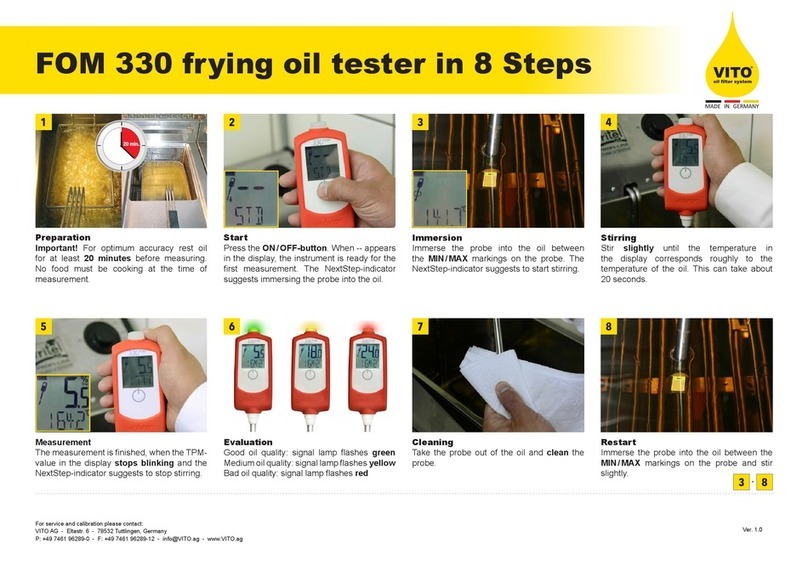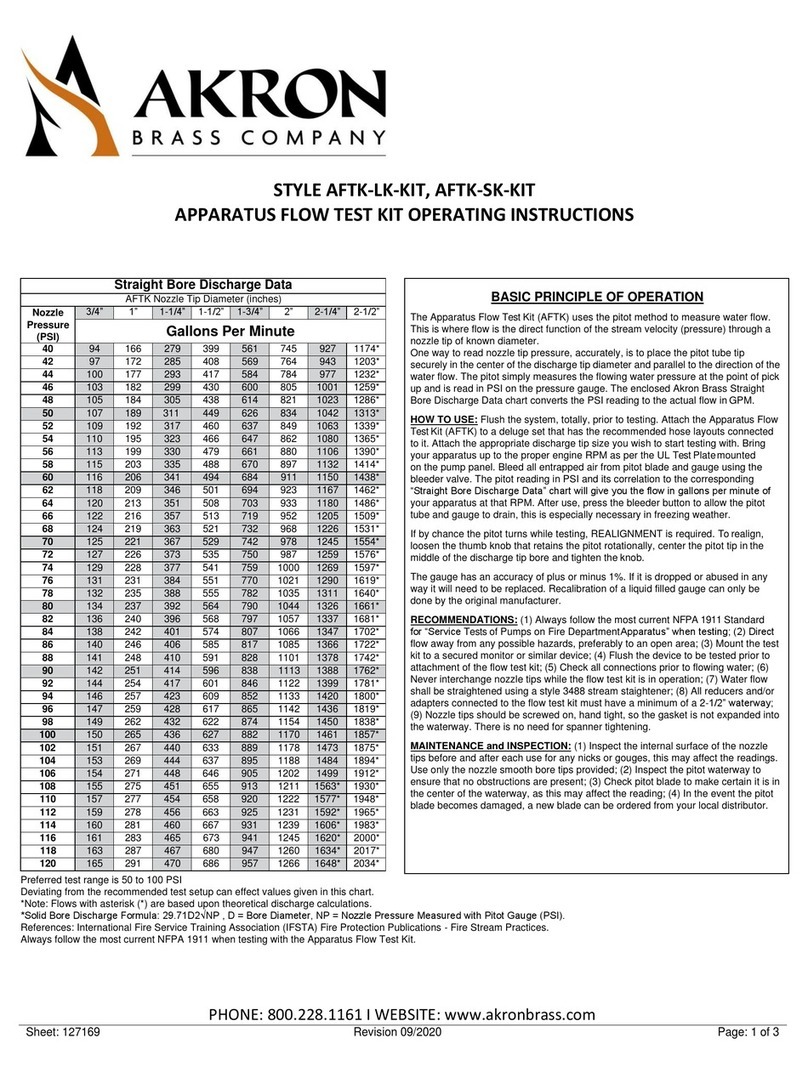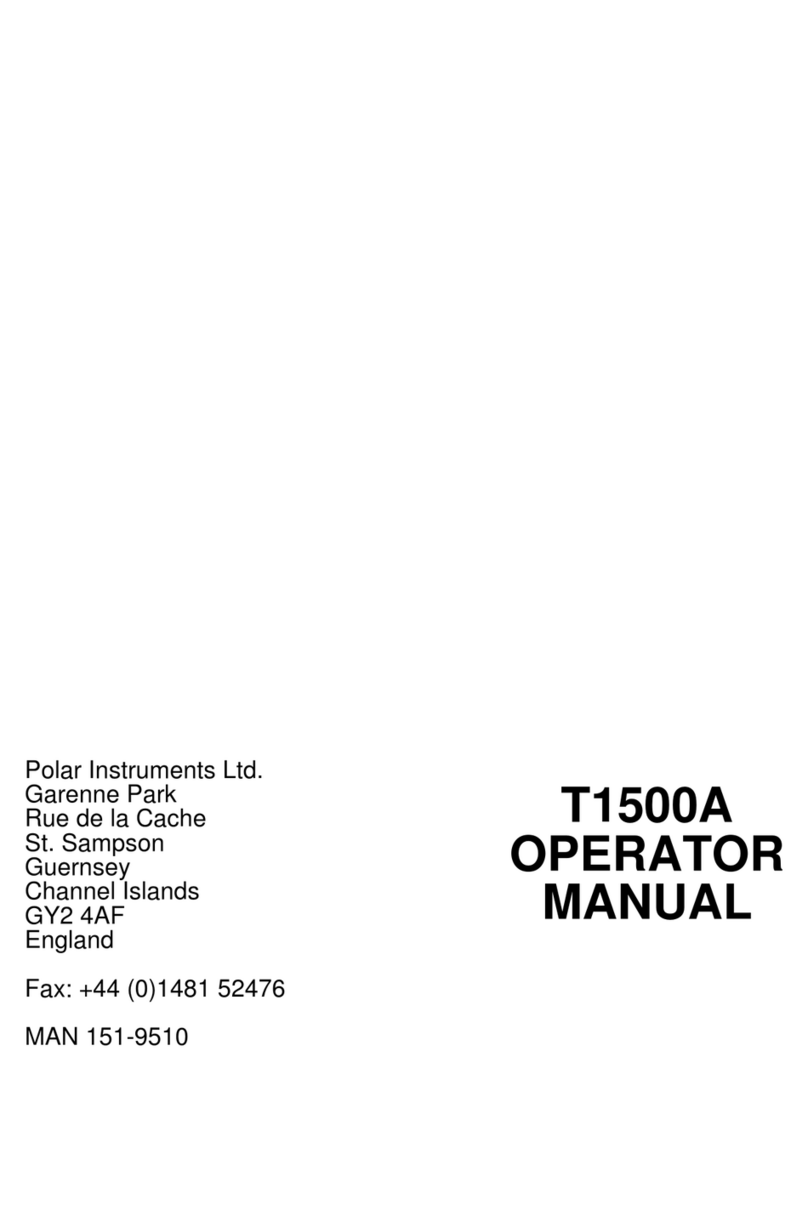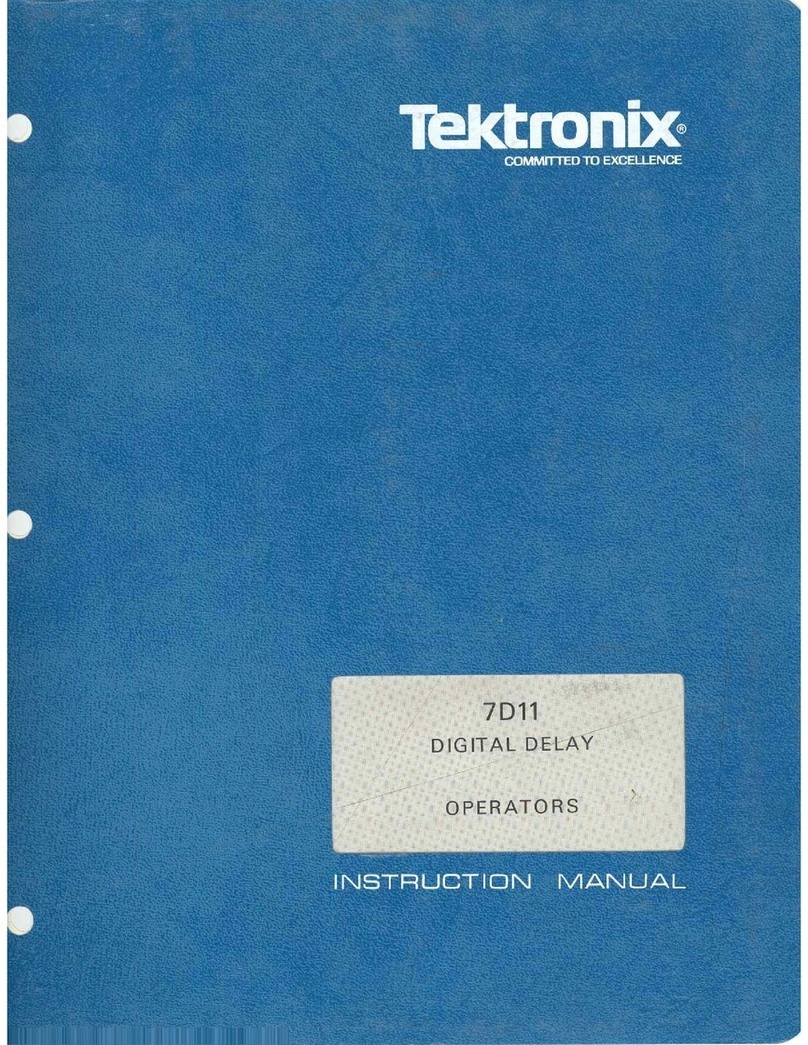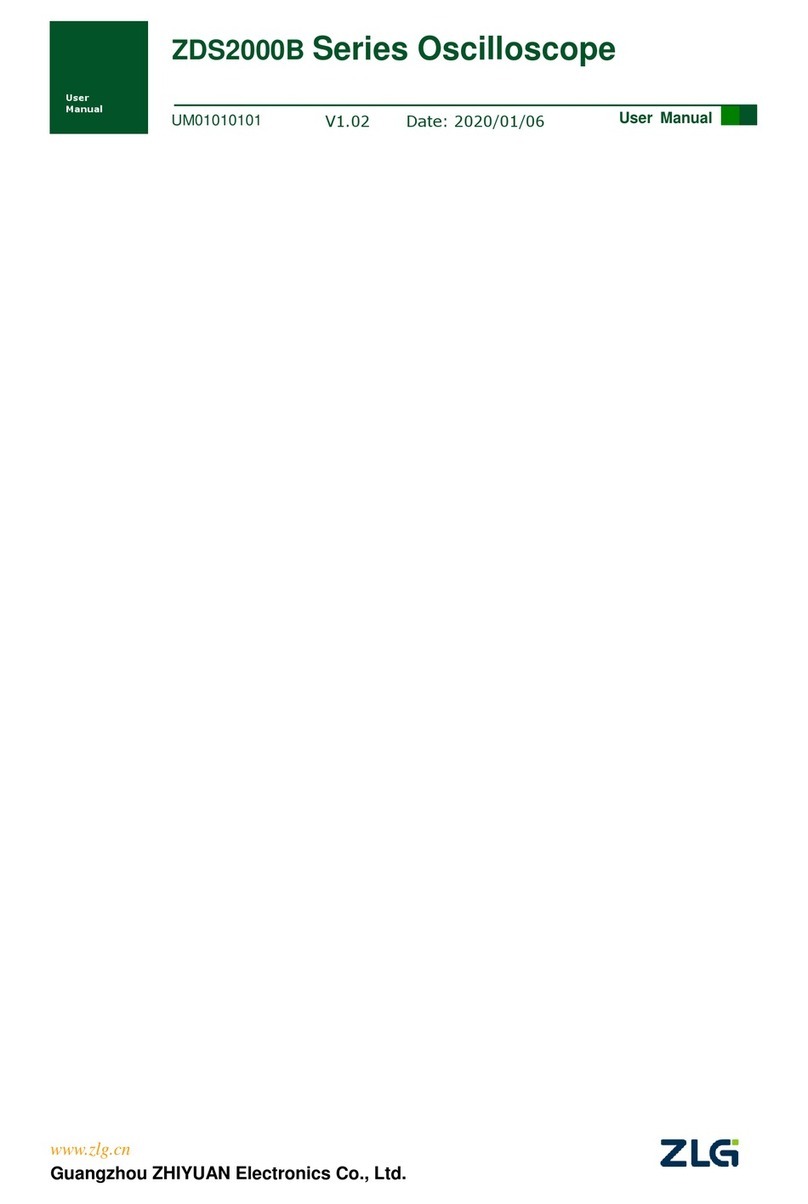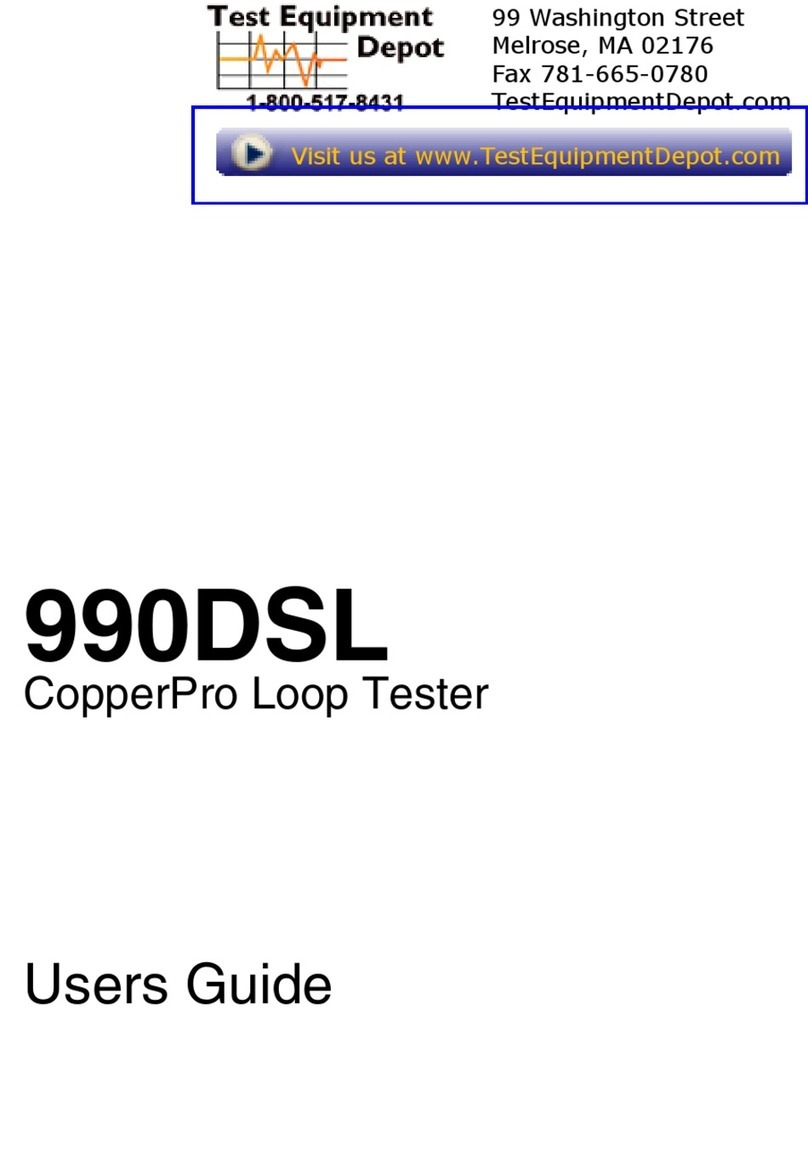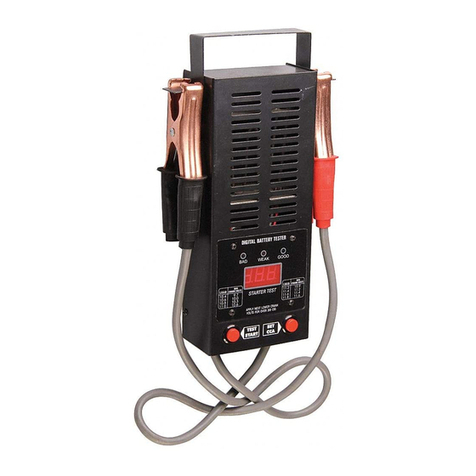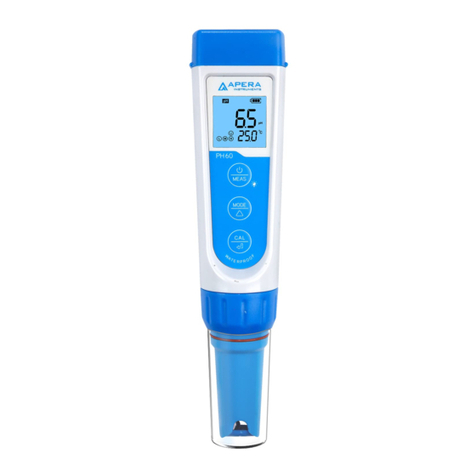VITO OILTESTER User manual

OILTESTER - Deep-frying Oil Tester
Instruction manual

2

1 Contents
3
1 Contents
1 Contents ................................................................................................... 3
2 Safety and the environment .................................................................... 4
2.1. About this document ........................................................................ 4
2.2. Ensure safety ................................................................................... 5
2.3. Protecting the environment .............................................................. 5
3 Specifications .......................................................................................... 6
3.1. Use .................................................................................................. 6
3.2. Technical data ................................................................................. 6
4 Product description ................................................................................. 8
4.1. Overview.......................................................................................... 8
4.2. Basic properties ............................................................................. 10
5 First steps .............................................................................................. 11
5.1. Commissioning .............................................................................. 11
5.2. Getting to know the product ........................................................... 13
5.2.1. Switching the instrument on/off ...................................................................... 13
5.2.2. Description of important functions and displays ............................................. 14
5.2.2.1. Alarm indicator ................................................................................ 14
5.2.2.2. Setting the TPM limit values ............................................................ 14
5.2.2.3. Hold function ................................................................................... 15
5.2.2.4. Auto-Hold function ........................................................................... 15
5.2.2.5. Auto-off function .............................................................................. 15
5.2.2.6. Battery capacity ............................................................................... 16
5.2.3. Configuring the instrument ............................................................................. 16
5.2.4. Locking / unlocking configurations ................................................................. 18
6 Using the product .................................................................................. 20
6.1. General measurement information ................................................ 20
6.2. Carrying out measurements .......................................................... 21
6.3. Function test .................................................................................. 23
7 Maintaining the product ........................................................................ 24
7.1. Changing batteries ........................................................................ 24
7.2. Cleaning the sensor ....................................................................... 24
7.3. Cleaning the housing ..................................................................... 25
7.4. Cleaning the plastic case ............................................................... 25
7.5. Calibrating/adjusting the instrument .............................................. 25
8 Tips and assistance ............................................................................... 26
8.1. Questions and answers ................................................................. 26

2 Safety and the environment
4
2 Safety and the environment
2.1. About this document
Use
> Please read this documentation through carefully and
familiarize yourself with the product before putting it to use. Pay
particular attention to the safety instructions and warning advice
in order to prevent injuries and damage to the products.
> Keep this document to hand so that you can refer to it when
necessary.
> Hand this documentation on to any subsequent users of the
product.
Warnings
Always pay attention to information that is marked by the following
warnings with warning pictograms. Implement the specified
precautionary measures.
Representation Explanation
WARNING Indicates potential serious injuries
NOTICE indicates circumstances that may lead to
damage to the products
Symbols and writing standards
Represen-
tation
Explanation
Note: Basic or further information.
1. ...
2. ...
Action: more steps, the sequence must be followed.
> ... Action: a step or an optional step.
- ... Result of an action.
Menu Elements of the instrument, the instrument displays
or the program interface.

2 Safety and the environment
5
[OK] Control keys of the instrument or buttons of the
program interface.
... | ... Functions/paths within a menu.
“...” Example entries
2.2. Ensure safety
> Only operate the product properly, for its intended purpose and
within the parameters specified in the technical data. Do not
use any force.
> Do not operate the instrument if there are signs of damage at
the housing, mains unit or feed lines.
> The objects to be measured or the measurement environment
may also pose risks: Note the safety regulations valid in your
area when performing the measurements.
> Temperatures given on probes/sensors relate only to the
measuring range of the sensors. Do not expose handles and
feed lines to any temperatures in excess of 70 °C unless they
are expressly permitted for higher temperatures.
> Do not perform contact measurements on non-insulated, live
parts.
> Transport and store the instrument exclusively in the aluminium
case provided in order to avoid damage to the sensor.
> Do not store the product together with solvents. Do not use any
desiccants.
> Carry out only the maintenance and repair work on this
instrument that is described in the documentation. Follow the
prescribed steps exactly. Use only original spare parts from
Vito AG.
2.3. Protecting the environment
> Dispose of faulty rechargeable batteries/spent batteries in
accordance with the valid legal specifications.
> At the end of its useful life, send the product to the separate
collection for electric and electronic devices (observe local
regulations) or return the product to Vito AG for disposal.

3 Specifications
6
3 Specifications
3.1. Use
The OILTESTER is a handy measuring instrument for the fast
inspection of deep-frying oils and is designed in equal measure for
left and right handers.
The TPM value (total polar materials) enables a statement on the
ageing of deep-frying oils due to the effects of heat.
The following measuring tasks can be performed:
• Display temperature of the deep-frying oil:
Indicator for correct setting of the deep-fryer, inspection of
integrated temperature displays.
• Display TPM value:
Indicator for the ageing of the deep-frying oil.
The sensor works on a capacitive basis and determines the total
amount of polar materials in % as the reading.
The free fatty acids that are determined above all for the evaluation
of unloaded oils (rancidity) cannot be detected.
The temperature of the deep-frying oil to be measured must
be at least 40 °C. The maximum operating temperature is
200 °C.
The sensor and the probe tube are designed to come into
contact with oil used in deep fat fryers for the typical
duration of a spot check measurement. The materials used
in these components meet the relevant requirements in the
Regulation (EC)1935/2004.
3.2. Technical data
Feature Values
Measuring range Temperature: 40.0 to 200.0 °C /
104.0 to 392.0°F
TPM: 0 to 40%
Accuracy Temperature: ± 1.5 °C
TPM1: ±2% (40.0 to 190.0 °C / 104 to 374 °F)
1 typical, referred to internal reference, at an ambient temperature of 25 °C.

3 Specifications
7
Feature Values
Resolution Temperature: 0.1 °C / 0.1 °F
TPM: 0.5%
Power supply Batteries: 2x micro (type AAA)
Battery (micro AAA) Designation according to IEC: LR03
Chem. composition: Zn-MnO2 (alkaline)
Battery life at 20 °C Approx. 25 hrs continuous operation
(corresponds to 500 measurements) without
display illumination
Temperature
sensor
PTC
TPM sensor Capacitive sensor
Operating
temperature
0 to 50 °C / 32 to 122 °F
Ambient humidity 0 to 90%RH
Storage/transport
temperature
-20 to 70 °C / -4 to 158 °F
Display LCD, 2-line, display illumination
Weight 255 g
Housing material Top part: ABS
Lower part: ABS-PC glass fibre 10%
Dimensions Approx. 50 mm x 170 mm x 300 mm
(WxHxD)
TPM response time Approx. 30 secs
Protection class IP65
Warranty 24 months
EC Directive 2014/30/EC

4 Product description
8
4 Product description
4.1. Overview
1 Display
2 Control keys
3 Battery compartment
4 Probe shaft
5 Oil quality (%TPM) and temperature sensor
6 Min. immersion depth
7 Max. immersion depth

4 Product description
9
Items shown on the display:
Items shown Function/property
200 (flashing
temperature value
> 200 °C)
Temperature measuring range exceeded
40 (flashing
temperature value
< 40 °C)
Temperature measuring range undershot
Alarm Alarm indicator activated
PIN Configuration mode locked
Battery capacity 100 %
Battery capacity 66 %
Battery capacity 33 %
Battery capacity < 10 %
Alarm Upper TPM limit value exceeded
Alarm Lower TPM limit value exceeded
Hold Readings held (manually)
Auto-Hold Readings held (automatically)
°C / °F Temperature in °C or °F
Important display messages
Item shown on the
display
Explanation
000 lights up Instrument is ready to measure, sensor is not
in oil.
Reading >190
flashes
Measured temperature is above 190 °C
(374 °F). The reading flashes in the range
from 190.1 °C (374 °F) to 200 °C (392 °F).

4 Product description
10
Control keys
Buttons Function/property
[] • Switch instrument on/off
• Configure instrument
[Hold] • Hold measuring values manually
• Switch to the measuring mode
• Configure instrument
[] • on/off; yes/no - Configure instrument
[] • on/off; yes/no - Configure instrument
Battery compartment
4.2. Basic properties
Power supply
The power is supplied to the instrument via two micro batteries
(type AAA). The batteries are included in the delivery.

5 First steps
11
5 First steps
5.1. Commissioning
Inserting batteries
CAUTION
Incorrectly inserted batteries can damage the instrument!
> Adhere to the polarity when inserting the batteries.
1. Undo the screw on the battery compartment.
2. Remove the battery holder.

5 First steps
12
3. Insert batteries. Adhere to the polarity.
4. Insert the battery holder into the battery compartment.
5. Secure battery compartment with screw.
6. Switch instrument on: Press [].
- Display test is carried out: all segments light up.
- The instrument switches to the measuring mode.
- 000 lights up on the display, the instrument is ready for use.
7. If necessary, switch instrument off.

5 First steps
13
For storage of the instrument
Suspension attachment
> The integrated suspension attachment can be used to hang the
instrument on a hook.
Plastic case
- The instrument is securely stored in a plastic case for protection
against contamination and for transport.
5.2. Getting to know the product
5.2.1. Switching the instrument on/off
To switch on
> Press [] until the indicator elements appear in the display.
- Display test is carried out: all segments light up.
- The instrument switches to the measuring mode and is ready
for operation.
To switch off
> Press and hold [] for approx. 2 secs.
- Display goes off, instrument switches off.

5 First steps
14
5.2.2. Description of important functions and displays
5.2.2.1. Alarm indicator
The alarm indicator uses the following display colours to show what
range the measured TPM value is in:
Green TPM value < lower limit value
Orange TPM value is between the lower and the upper limit value
Red TPM value > upper limit value
The alarm indicator is switched on when the instrument is
delivered. The TPM limit values are set as follows:
Lower limit value 20%
Upper limit value 24%
To activate/deactivate the alarm indicator, see Configuring the
instrument, page 16.
To set the TPM limit values, see Setting the TPM limit values, page
14.
5.2.2.2. Setting the TPM limit values
The TPM limit values can be between 0 and 40%. The
upper limit value (Alarm ) must be at least 1% higher than
the lower limit value (Alarm ).
In order to apply the settings of the lower and upper TPM
limit value, you must make sure you confirm the input of the
upper TPM limit value with [Hold].
Setting the lower TPM limit value
Requirement: Instrument is in configuration mode, see Carrying out
the configuration, page 17
1. Alarm and the set lower limit value appear on the display.
- When alarm indicator is activated: the display lights up orange.
2. Set the lower limit value with [] or [].
3. Confirm with [Hold].
- New lower limit value is applied.
- The instrument switches to the upper TPM limit value (Alarm ).

5 First steps
15
Setting the upper TPM limit value
Requirement: Instrument is in configuration mode,
lower TPM limit value has been set and confirmed with [Hold] .
1. Alarm and the set upper limit value appear on the display.
- When alarm indicator is activated: the display lights up red.
2. Set the upper limit value with [] or [].
3. Confirm with [Hold].
- New upper limit value is applied.
> Carry out further settings in the configuration menu or quit the
configuration menu with [].
5.2.2.3. Hold function
Measured values can be held manually.
Requirement: Sensor is in the oil.
1. Briefly press [Hold] (< 1 sec).
- Hold appears in the display.
- Readings are held.
2. To switch to the measuring mode: Briefly press [Hold] (<
1 sec).
- Hold function is deactivated.
- Current readings are displayed.
5.2.2.4. Auto-Hold function
When the Auto-Hold function is activated, the measured values
are automatically held by the instrument after the equalization
period.
To activate/deactivate the Auto-Hold function, see Carrying out the
configuration, page 17
5.2.2.5. Auto-off function
When the Auto-off function is activated, the instrument
automatically switches off after a certain time
• If the instrument is in measuring mode: automatic switch-off
after 2 mins.
• If the instrument is in hold or configuration mode: automatic
switch-off after 10 mins.
To activate/deactivate the Auto-off function, see Configuring the
instrument, page 16

5 First steps
16
5.2.2.6. Battery capacity
With decreasing battery capacity, a symbol lights up in the display (
). If the empty battery symbol ( ) flashes in the display, the
remaining capacity is only approx. 30 min.
If the battery voltage is too low, the instrument automatically
switches off.
> Change batteries, see Changing batteries, page 24
5.2.3. Configuring the instrument
Setting options in the configuration mode
Configurations Setting options
Setting the TPM limit values
Alarm , Alarm
Lower TPM limit value Alarm
Upper TPM limit value Alarm
Carry out calibration
CAL
no: Do not carry out calibration.
yes: Carry out calibration.
Automatically hold readings
Auto-Hold
on: Readings are automatically
held by the instrument.
off: Readings are not
automatically held.
Automatically switch off the
instrument Auto-off
on: Instrument switches off
automatically after 2 or 10 mins.
off: No automatic switch-off.
Set alarm indicator
Alarm
on: Alarm indicator activated
off: Alarm indicator deactivated
Set temperature unit
°C, °F
°C or °F
Lock configuration, including
TPM limit values
PIN
no: Do not lock configuration.
yes: Lock configuration
Carry out reset
rst
no: Do not reset the adjustment
value to the factory setting.
yes: Reset the adjustment value
to the factory settings.
Firmware version Firmware versions of the product
components are shown.

5 First steps
17
Carrying out the configuration
Requirement: The instrument is switched off.
1. Switch the instrument on.
> Switch the instrument on, press [Hold] during the display
test and hold down for approx. 2 secs.
- When the configuration menu is locked, PIN lights up.
> To unlock, set the last two figures of the serial number with [
] or [].
If an incorrect PIN is entered, the instrument switches into
measuring mode.
- When the configuration menu is not locked, you can gain
access by setting the limit values.
2. Set the alarm limit values.
- Alarm lights up in the display.
> Set lower limit value (Alarm ): [] or [] and confirm with
[Hold].
- Alarm lights up in the display.
> Set upper limit value (Alarm ): [] or [] and confirm with
[Hold].
3. Carry out / do not carry out calibration.
- CAL and no or yes light up in the display.
> Activate / deactivate calibration / adjustment function (no is
the standard setting): [] or [] and confirm with [Hold].
- Selection of yes: The instrument can be calibrated /
adjusted,
- Selection of no: No calibration / adjustment possible
4. Automatically hold readings.
- Auto-Hold and on or off light up in the display.
> Switch Auto-Hold on or off: [] or [] and confirm with
[Hold].
5. Automatically switch the instrument off.
- Auto-off and on or off light up in the display.
> Switch Auto-off on or off: [] or [] and confirm with
[Hold].

5 First steps
18
6. Set alarm indicator
- Alarm and on or off light up in the display.
> Switch alarm indicator on or off: [] or [] and confirm with
[Hold].
7. Set the temperature unit.
- °C or °F lights up in the display.
> Set the temperature unit (°C/°F): [] or [] and confirm
with [Hold].
8. Enable / disable PIN.
- PIN and yes or no light up in the display.
> Activate PIN (yes) or deactivate it (no is the standard
setting).
9. Carry out reset.
- rst and yes or no light up.
> Activate or deactivate rst: [] or [].
- Selection of yes: Delete adjustment value, is reset to the
factory setting.)
- Selection of no: no reset, adjustment value is retained).
Quitting configuration mode early and saving
You can quit the configuration mode early.
The configuration mode cannot be stopped in the
adjustment / calibration process.
> Quit configuration mode early: Press and hold [] for approx.
1 sec.
- Configuration mode is stopped.
- The values which have so far been set and confirmed with
[Hold] are applied.
- The instrument switches to the measuring mode.
5.2.4. Locking / unlocking configurations
You can lock/unlock the set values, including TPM limit values,
from the configuration mode. The instrument is delivered with the
configuration mode unlocked (PIN is deactivated, no).
Requirements: Instrument is in configuration mode.
> Go through the configuration mode with [Hold], until PIN
and yes or no light up in the display.
Lock configuration mode
> Activate PIN: Select yes with [] or [].
- PIN is activated and the configuration mode is locked.

5 First steps
19
The last two figures of the instrument's serial number are
automatically set as the PIN (see sticker on the instrument).
Unlock configuration mode
Requirement: PIN is activated and the instrument is in configuration
mode.
Enter PIN:
> Select first figure: [] or [] and confirm with [Hold].
> Select second figure: [] or [] and confirm with [Hold].
If an incorrect PIN is entered, the instrument switches into
measuring mode.
- The configuration mode is enabled for the duration of the
settings being carried out.
Deactivate PIN:
> Go through the configuration mode with [Hold], until PIN
and yes or no light up in the display.
> Deactivate PIN: Select no with [] or [].
- Settings can be carried out without entering the PIN.

6 Using the product
20
6 Using the product
6.1. General measurement information
The instrument enables several measurements to be carried out
one immediately after the other without any waiting times.
Which oils/cooking fats can be measured?
In principle, all oils and fats intended for deep fat frying can be
measured.
This includes, for example, rapeseed, soya bean, sesame, palm,
olive, cotton seed or groundnut oil. Fats from animal sources can
also be measured. There may be a variation of several percentage
points in the % TPM value for fresh cooking oils, depending on the
type.
The maximum service life for the cooking oil cannot be derived
from this.
Example: Fresh palm oil has a higher % TPM value than other
cooking oils, but ages considerably more slowly.
Use of additives
The instrument is designed for the use of pure fats/oils. If additives
are used, deviations may occur.
Comparison of laboratory methods / OILTESTER
Cooking oil is a mixture of substances with a wide variety of
polarities. During ageing, the proportion of more highly polar
components increases. The laboratory method of column
chromatography separates the fat into a polar and a non-polar
group. The proportion of the polar group compared to the total
amount of cooking oil being investigated is described as the
% TPM value (total polar materials).
The % TPM value established by column chromatography may
vary slightly depending on the setting of the separation limit
between the polar and the non-polar group.
Depending on the type of fat, slight variations of the polarity in both
groups (polar/non-polar) may occur which are not however
identified by the chromatography.
On the other hand, the instrument records the entire polarity of the
cooking oil and thus the actual polarity of both groups (polar/non-
polar). This means the reading of the instrument may be higher or
lower than that of the column chromatography in individual cases.
Table of contents
Other VITO Test Equipment manuals
Popular Test Equipment manuals by other brands
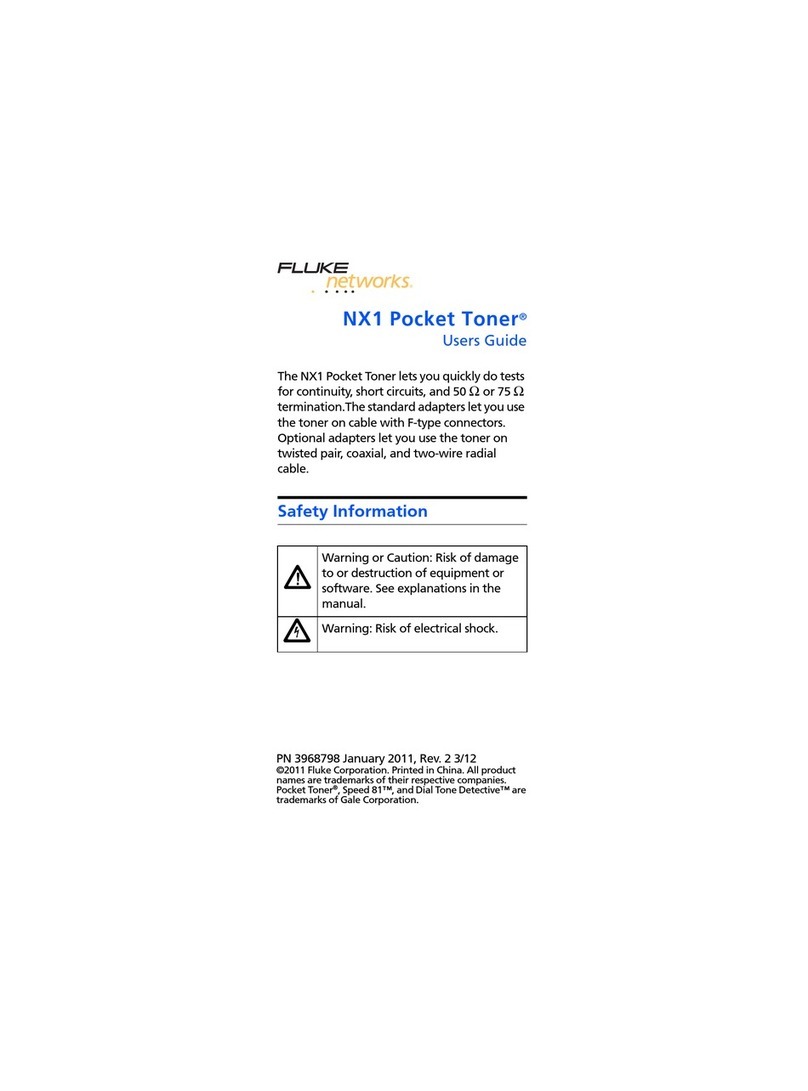
Fluke
Fluke NX1 Pocket Toner user guide
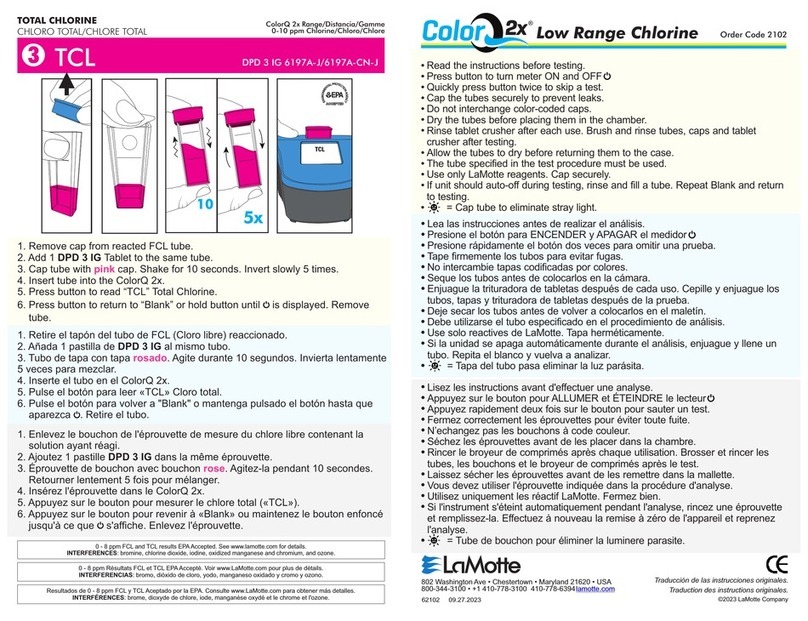
TCL
TCL HLORO TOTAL quick start guide
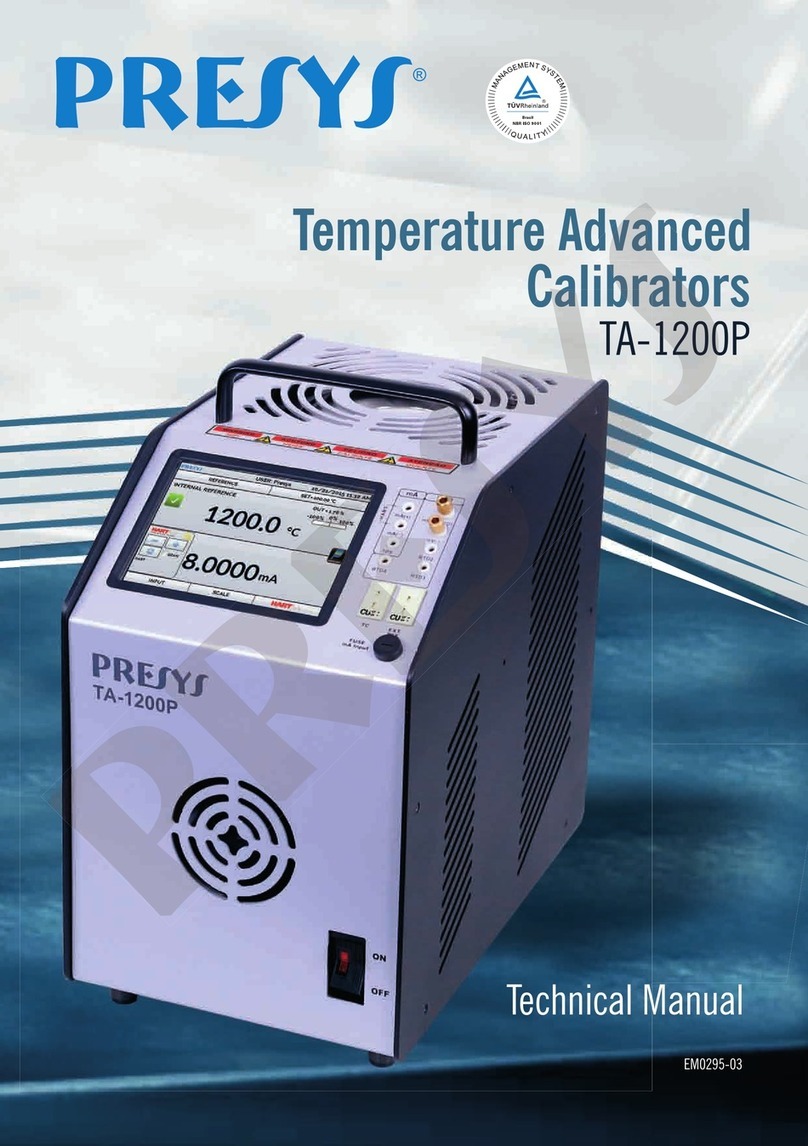
Presys
Presys TA-1200P Technical manual
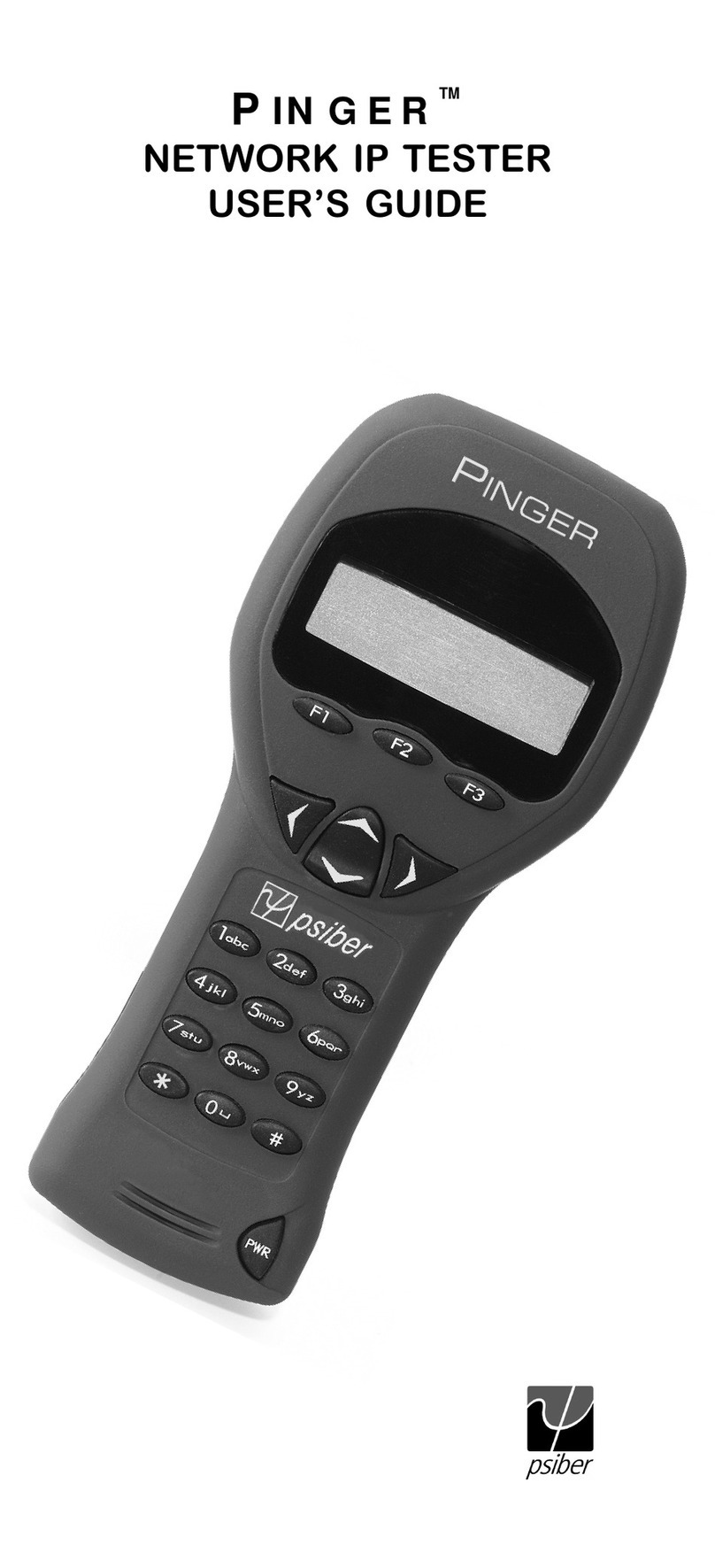
Psiber Data Systems
Psiber Data Systems NETWORK IP TESTER user guide
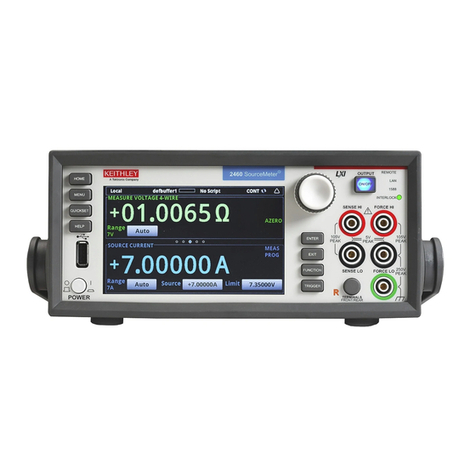
Keithley
Keithley Interactive SourceMeter 2450 Declassification and security instructions

Additel
Additel ADT209 user manual

